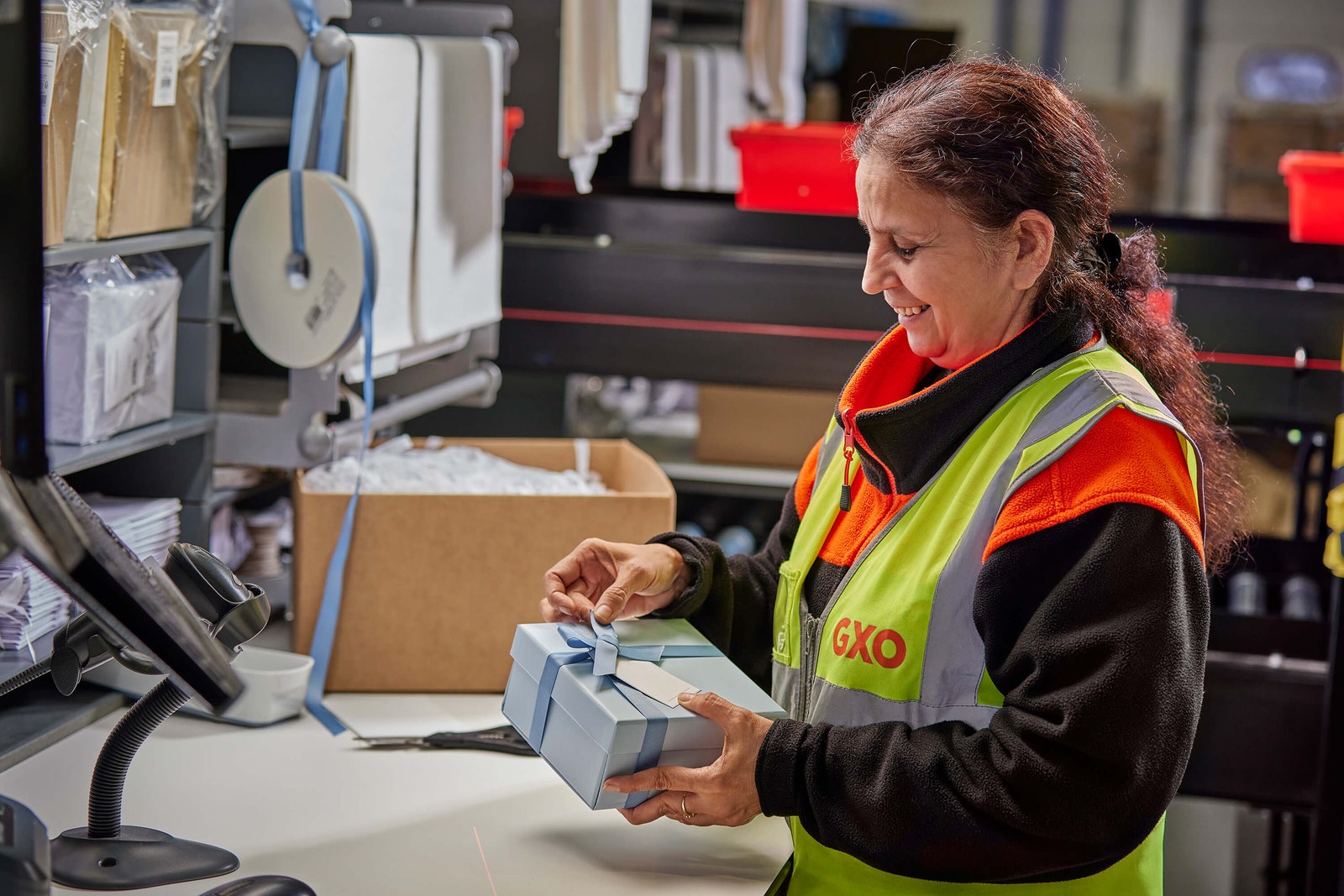To receive the Vogue Business newsletter, sign up here.
The beauty industry has experienced explosive growth in recent years and continues to thrive in spite of threats of a looming recession. This trend has been buoyed by growth in digital commerce, fuelled by the iterative nature of micro-trends such as latte make-up or glass skin on content platforms like TikTok. In contrast to luxury fashion, where most front-of-mind brands benefit from 50 to 100 years of heritage history, the beauty sector is characterised by newer players that have emerged in the last 30 years, especially during the digital revolution.
This demand for ease and instant gratification places brands under increasing pressure for fulfilment, requiring a more robust and agile supply chain, which plays a crucial role in bridging the gap between brands and consumers. One key difference that distinguishes beauty from fashion is that distribution tends to be executed through third-party stockists. While this can help to accelerate the reach of brands, it can also place a strain on fulfilment networks. As a consequence, brands are challenged to secure fulfilment and warehousing partners that not only meet the additional requirements that arrive with a heavily regulated category like beauty but can also adjust to the flexing demands of retail merchandising.
In this whitepaper, we explore the challenges beauty brands encounter when scaling up their distribution and how investing in local market warehousing capabilities can boost customer experience rather than relying on cross-border shipments. The research also investigates how to implement “white-glove services” into fulfilment in order to elevate prestige beauty — both for DTC and retail customers.
Photo: Courtesy of GXO Logistics
The report additionally looks into opportunities across personalisation and packaging to capitalise on new retail moments, as well as approaches to re-merchandising goods for new occasions. A robust fulfilment operation requires flexibility to take advantage of both planned and unplanned moments of opportunity while also protecting margin in a wholesale-driven market.
As the industry moves towards greater automation and stricter sustainability measures, beauty brands will also need to consider how 3PL (third-party logistics) providers can also further predictability in what is already a key replenishment category. With inspiration around automation and high-touch services, as well as recommendations for future planning, this is essential reading for beauty, skincare and fragrance businesses seeking supply chain efficiencies and expanding their routes to market.
Comments, questions or feedback? Email us at [email protected].

